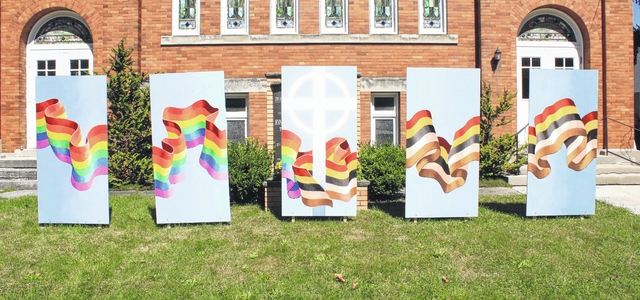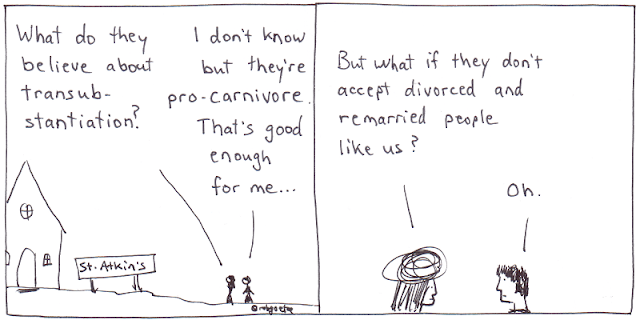I came across this nugget in Yvette Flunder's Where the Edge Gathers: Building a Community of Radical Inclusion:
An authentic ethic of inclusion must reach from the center to the farthest margin and work its way back. When we reach for the ones who are the least accepted, we give a clear message of welcome to everyone. Jesus modeled this type of radical inclusivity when he openly received those most despised by society and the religious establishment.
Where the Edge Gathers, pp 25-26
What does it mean to reach from the center to the farthest margin?
Can you imagine Jesus raising money to give to missionaries and mission agencies to do the work for him, and then mostly in the form of evangelism, poverty relief and development directed at worthy groups, as helpful as this is to some, and then considering his role finished?
Can you imagine Jesus helping an existing ministry to the urban poor by hosting a church service and providing a meal once a month, or serving meals and helping at drop-in centers, as important as this is, and just going to the synagogue the rest of the time?
These are not the farthest margins. And Jesus isn't an "at arm's length" kind of guy from what I've seen.
So along with sending out missionaries and helping urban ministries, shouldn't there be some kind of tangible, personal way that we are specifically reaching to the farthest margin?
Wouldn't it make sense to take some kind of concrete action in partnership with the least of these?
How can we follow Jesus in embracing the ones "most despised" by society and the religious establishment?










